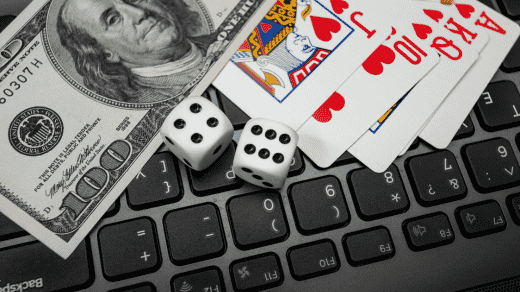Introduction:
In the ever-evolving landscape of digital art, NFT graphic artists have emerged as visionary pioneers, pushing the boundaries of artistic expression and redefining the art world. Through the use of Non-Fungible Tokens (NFTs) and their mastery of digital tools, these artists have embraced the digital realm to create captivating and immersive visual experiences. In this article, we delve into the world of NFT graphic artists, exploring their creative process, the impact of NFTs on their work, and the unique contributions they make to the art world.
- Blending Art and Technology:
NFT graphic artists seamlessly blend art and technology to create visually stunning masterpieces. They harness the power of digital tools, software, and techniques to manipulate and enhance their artworks. By leveraging technology, they are able to experiment with new styles, colors, compositions, and dimensions, resulting in dynamic and captivating visual narratives that captivate audiences.
- Harnessing the Power of NFTs:
NFT graphic artists have embraced the power of NFTs to revolutionize the way their artwork is bought, sold, and owned. Through the tokenization of their digital creations, they establish verifiable proof of ownership, ensuring authenticity and protecting the value of their artwork. NFTs also enable artists to participate in the secondary market, earning royalties as their art is resold, providing a sustainable income stream.
- Embracing Creative Freedom:
NFT graphic artists revel in the creative freedom offered by the digital realm. Unlike traditional art forms, the digital canvas allows for limitless experimentation and exploration. Artists can easily iterate, revise, and refine their work, enabling them to push boundaries and explore new artistic frontiers. This freedom empowers artists to create unique and thought-provoking pieces that resonate with audiences on a profound level.
- Immersive and Interactive Experiences:
NFT graphic artists excel in creating immersive and interactive experiences that transcend the static nature of traditional art. Through animation, motion graphics, and interactive elements, they transport viewers into dynamic worlds, engaging them on multiple sensory levels. By incorporating elements such as augmented reality (AR) and virtual reality (VR), artists can provide viewers with a truly transformative and participatory art experience.
- Telling Complex Visual Stories:
NFT graphic artists are master storytellers, capable of weaving intricate narratives through their artwork. They employ symbolism, metaphors, and visual motifs to communicate complex ideas and emotions. Their work often reflects social, cultural, and environmental themes, inviting viewers to engage with the art on a deeper level and encouraging critical reflection and discourse.
- Community and Collaboration:
NFT graphic artists thrive within a vibrant and supportive community of like-minded creators and enthusiasts. They actively engage with fellow artists, collectors, and technologists, exchanging ideas, collaborating on projects, and fostering a sense of camaraderie. This community-driven approach promotes collective growth, knowledge-sharing, and collaboration, driving innovation in the field of NFT graphic art.
- Bridging the Gap Between Traditional and Digital Art:
NFT graphic artists are at the forefront of bridging the gap between traditional and digital art forms. They seamlessly merge traditional artistic techniques, such as painting and drawing, with digital tools and technologies. This synthesis of mediums and styles creates a rich tapestry of visual expression, expanding the possibilities of art and challenging the boundaries of what is considered traditional or digital.
- Shaping the Future of Art:
NFT graphic artists are shaping the future of art by redefining how we create, experience, and value visual artworks. They are paving the way for new business models, ownership structures, and creative possibilities. By leveraging NFTs and embracing technological advancements, they are inspiring the next generation of artists and revolutionizing the way art is consumed, collected, and appreciated.
Conclusion:
NFT graphic artists represent the vanguard of the digital art movement, blurring the lines between art and technology, and reimagining the possibilities of visual expression. Through their innovative use of NFTs, their commitment to creative freedom, and their ability to create immersive and interactive experiences, they are shaping the future of art. Their contributions to the art world extend beyond aesthetics, inspiring new artistic paradigms and challenging traditional notions of ownership and value. As digital visionaries, NFT graphic artists continue to redefine the boundaries of art, leaving an indelible mark on the art world for generations to come.







